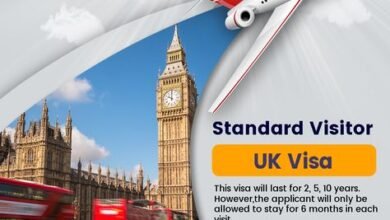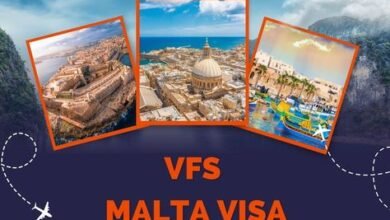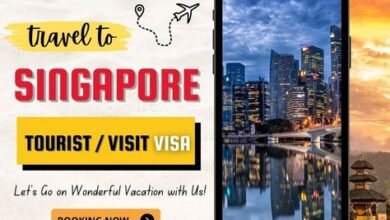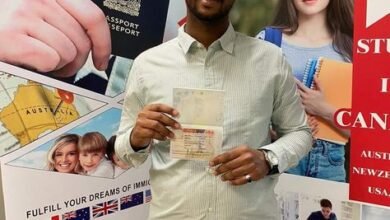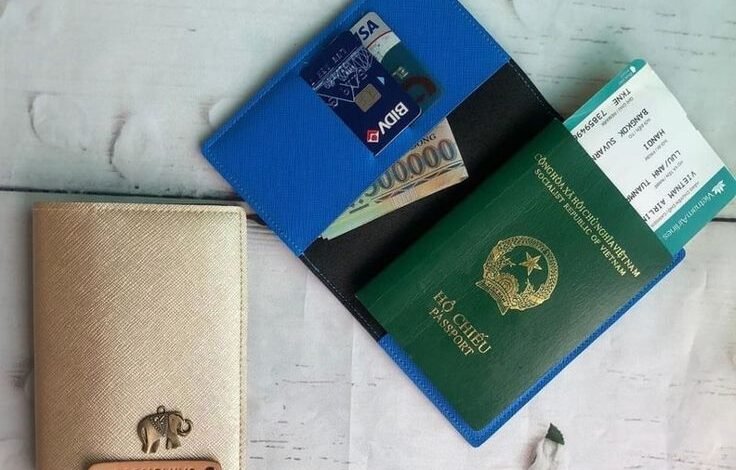
If you are planning to visit Vietnam, obtaining a visa is one of the essential steps in the process. Whether you’re traveling for tourism, business, or other purposes, understanding the requirements for a visa for Vietnam is crucial. In this article, we’ll break down everything you need to know about getting a visa for Vietnam, including the application process, types of visas available, and important tips for a smooth experience.
Types of Visa for Vietnam
Before applying for a visa for Vietnam, it’s important to know which type of visa suits your travel needs. Vietnam offers several types of visas, including:
- Tourist Visa: This is the most common visa for travelers visiting Vietnam for leisure. Tourist visas are typically valid for one to three months.
- Business Visa: If you’re visiting for business purposes, a business visa is required. These visas can vary in length, with options for single-entry or multiple-entry.
- E-Visa: The Vietnamese government offers an e-visa option for citizens of certain countries. This is an electronic visa that allows for a single entry and a stay of up to 30 days.
- Visa on Arrival: Available for tourists arriving by air, this type of visa can be obtained once you land in Vietnam, provided you have the necessary pre-approval from the Vietnamese authorities.
Each visa has its own requirements, so ensure you choose the one that aligns with your travel plans.
How to Apply for a Visa for Vietnam
Applying for a visa for Vietnam depends on the type of visa you are seeking. Below are the general steps for each type:
- Tourist Visa Application
The application for a tourist visa can be done online or through the Vietnamese embassy or consulate in your home country. To apply online, visit the official website of the Vietnamese immigration department, fill out the necessary forms, and submit them along with a passport-sized photo and a valid passport. - Business Visa Application
Business visas require a letter of invitation from a Vietnamese company. You will need to submit the invitation letter, a passport, and other required documents either through the embassy or online for the e-visa. - E-Visa for Vietnam
The e-visa for Vietnam can be applied for entirely online. Visit the official website, fill out the online application, and upload the required documents. You will receive your e-visa within a few days if your application is approved. - Visa on Arrival
For visa on arrival, you need to apply for an approval letter from the Vietnamese Immigration Department before you travel. Once you receive the approval letter, you can collect your visa at the airport upon arrival.
Visa for Vietnam: Requirements and Documents

When applying for a visa for usa there are a few documents you’ll need to prepare:
- Valid Passport: Your passport should be valid for at least six months beyond your planned stay in Vietnam.
- Passport-sized Photo: This is required for most types of visa applications, especially for embassy or consulate applications.
- Completed Application Form: The application form varies depending on the type of visa you are applying for, but it will generally ask for personal details, travel information, and passport details.
- Visa Fee: Different visa types come with different fees. Ensure you check the applicable fee when applying for your visa for Vietnam.
Depending on the type of visa, additional documentation may be required. For example, business travelers may need to provide an invitation letter, while those applying for an e-visa may need to upload their passport scan online.
Processing Time for a Visa for Vietnam
The processing time for a visa for Vietnam can vary depending on the type of visa and where you apply. Generally, the processing time for a tourist visa ranges from three to five business days if you apply through an embassy or consulate.
For e-visa for Vietnam, the processing time is typically around three days, though it may take longer in some cases. Visa on arrival processing time is usually quick, as the approval letter is sent to you within 2-3 business days.
It’s important to plan ahead and apply for your visa for Vietnam well before your travel date to avoid any last-minute stress.
Vietnam Visa Fees
The cost of a visa for Vietnam depends on several factors, including the type of visa, processing speed, and duration of stay. On average, tourist visas range from $25 to $50 USD, while business visas may cost more. The e-visa for Vietnam is typically priced at around $25 USD.
When applying for a visa on arrival, you will be required to pay a visa stamping fee upon arrival in Vietnam, which ranges from $25 to $50 USD. Keep in mind that these fees are subject to change, so it’s a good idea to check the latest rates before applying.
Common Questions About Visa for Vietnam
- Can I extend my visa for Vietnam?
Yes, it is possible to extend a tourist visa for Vietnam, but the extension depends on the type of visa and the discretion of the Vietnamese authorities. Extensions are generally allowed for up to 30 additional days. - Do I need a visa for Vietnam if I’m from a visa-exempt country?
Some countries have agreements with Vietnam that allow their citizens to travel without a visa for a specific period. For example, citizens from countries like Japan, South Korea, and several Southeast Asian nations can stay in Vietnam for up to 15 days without a visa. - Can I apply for a Vietnam visa upon arrival?
Yes, you can apply for a visa on arrival when you arrive in Vietnam by air. However, this option is only available for those flying into Vietnam, and you must have prior approval from the Vietnamese Immigration Department.
Conclusion
Obtaining a visa for Vietnam is an important step when planning your trip to this beautiful and culturally rich country. Whether you’re traveling for leisure, business, or any other purpose, understanding the visa process will make your journey smoother. By carefully selecting the appropriate visa type, following the application process, and ensuring you have the necessary documents, you can enjoy your trip to Vietnam with ease.
Make sure to plan ahead, check the visa requirements for your specific country, and always stay informed about the latest regulations to avoid any complications during your travels.
